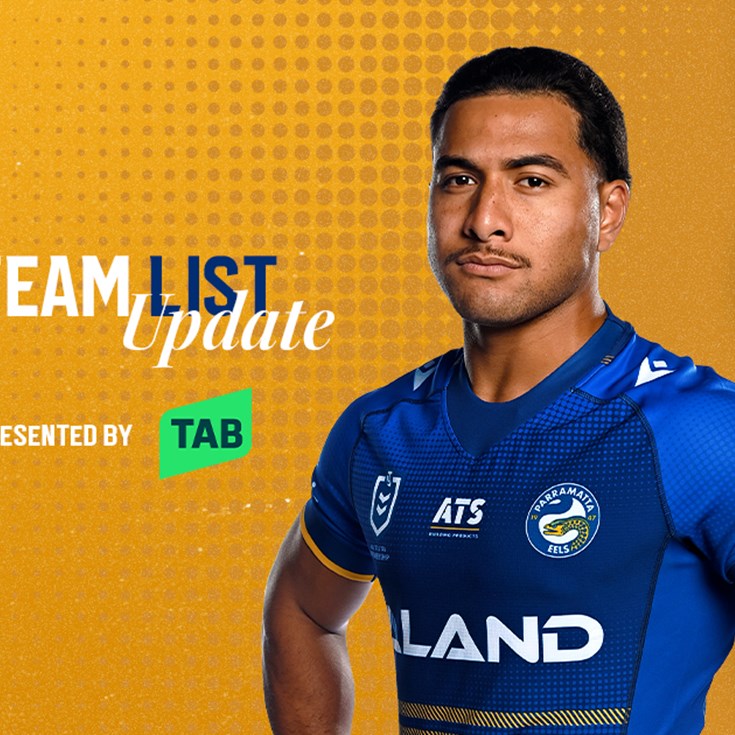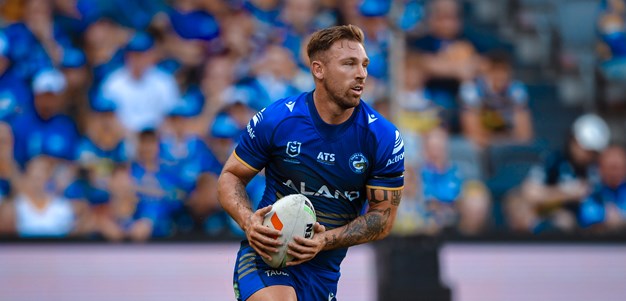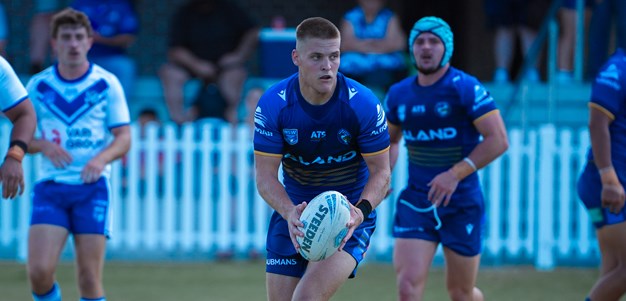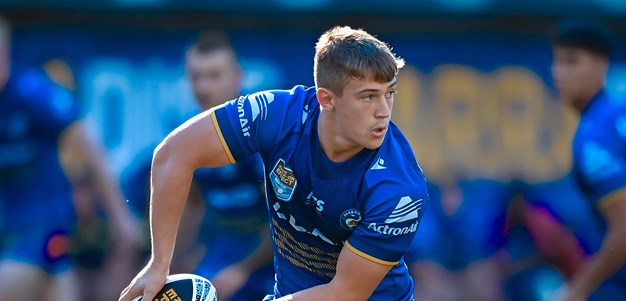Each week NEIL CADIGAN will look back on some of the most eventful games and most famous names in the club’s 70-year history and bring them back to life.
They were somewhat of a rag-tag of local A grade footballers and ex-servicemen who grew up during the Great Depression.
Yet they are the Parramatta Eels pioneers. The ‘originals’. Those who were the blue and gold banded jerseys in 1947 when an 11-year campaign by a local builder, a pool hall owner and others came to fruition at an oval with a dirt speedway track circling it where the new Parramatta Stadium will soon stand.
When we look back on the first-season Eels (they were more commonly called the ‘Fruit Pickers’ until the mid-1960s) we must consider that they were more than just young men, mostly locals, who made up the three grade teams required.
So many were only two to three years beyond serving their country in World War II after growing up in Sydney’s west that was mostly orchards, chicken farms and hobby farms connected by dirt roads – many going to school bare-footed.
First-game halfback Wally Woodward met his new teammate of 1948, flying winger Mitchell Wallace who had played for Balmain, when they served together in Western Australia during the war.
Keith Gersbach, a winger from Canterbury was the team’s highest paid player in a guaranteed 108 pounds for the season, served in New Guinea during the war and returned suffering from malaria.
One of the driving forces Parra’s bid to step out of the rule of Western Suburbs, whose territory spread from Strathfield to Emu Plains, and Liverpool to Richmond, Jack Argent, served in Tobruk in between taking the first application to league headquarters in August 1936 (it was shelved, then put further side during the war) and Parramatta becoming a league entity in October 1946.
He achieved the rank of Colonel and, much to the disquiet of many who battled in the lower ranks, liked to be called ‘The Colonel’.
Jack Scullin, more a ‘man’s man’ who battled with Argent for the presidency for the first decade, was the pool hall owner in Church St who gathered shopkeeper support. Jim Parsons, inaugural secretary, was another prime mover with Spencer O’Neill and Stan Simpson who would share decades as president and secretary from the 50s.
Parramatta joined the existing eight clubs in ’47 to make it an 18-round competition involving foundation clubs Easts, Wests, Souths, Norths, Balmain and Newtown plus St George (who joined in 1921) and Canterbury (1935).
Training was held at Cumberland on Monday and Wednesday nights because the rugby union players had Cumberland Oval on Tuesdays and Thursdays, a sharing arrangement that continued until 1981.
It was decided that the club colours be blue with a gold bar across the chest and arms. The colours were worn by the Parramatta Commercial (Intermediate) High School and Parramatta South School.
The first coach was Frank ‘Skinny’ McMillan who grew up in the district and had played nine Tests and toured with the 1929-30 Kangaroos and as captain-coach in 1933-34. He stayed only one season as coach before being replaced by Vic Hey, regarded the best five-eighth of his era who had just returned from a stint in England (more on Hey in a later story).
Match payments in that first year were (for first grade) £7 a win and £2 a loss. Richer inducements were offered to some “name” players, but they rejected the bait.
Country international Noel Mulligan had a £7 match payment dangled before him, but to no avail. Officials were tipped off about a little halfback serving at the RAAF base at Schofields but they did not pursue the tip – his name was Keith Holman who went on to forge a wonderful Test career with Wests.
Wests’ Test second-rower Arthur Clues was to be told he had to play for the new club under the residential rule in place at the time, as he lived at Harris Park. However, he left for England to forge a mighty career with Leeds at Headingley.
The first match was against Newtown, finalists the previous four seasons, on April 12, 1947, before a crowd of about 6000 – a very good attendance for the day the same day thousands packed the banks of the Nepean River to watch Newington win the Head of the River. A big crowd was in attendance at Cumberland Oval for the local derby against Western Suburbs, their mother club. Gentlemen paid 2 shillings sixpence, ladies 1s 3d and children sixpence to sit in the stand. Outer ground charges were adults 1s 3d and children threepence.
The Parramatta team, that went down fighting 34-12, was Col Schomberg, Dave Munro, Bob Andrews (c), John Smith, Keith Gersbach, Les (Bert) Bell, Wally Woodward, Arthur Slattery, Ted (Barney) Hearn, George Saywell, George Robertson, George Cook, Frank (Snowy) McKean.
Andrews, the first skipper, was a former Parramatta Rugby Union and Wests league side player (42 games from 1944-46).
The oldest and most experienced player was prop Snowy McKean, a 34-year- from Warren who had played several years with Wests, appearing in 50 first grade matches.
Gersbach, who lived at St Marys, represented Sydney Seconds the previous season. Centre Smith had played 14 first grade games for Easts over the previous two seasons. Hooker George Cook was the only other player with previous grade experience – reserve grade and some firsts (three games) with Canterbury.
It was round seven before Parramatta enjoyed the first of their four victories of 1947 – 13-8 against big brother Wests at Cumberland Oval on June 21. Only two wins followed and Parra finished with the wooden spoon but were willing in competitive in just about every match.
Schomberg, they called him “Shommy”, remembered that day clearly when interviewed for ‘Road to Glory’ the book on the Eels’ history, in 1986. The lanky fullback kicked two magnificent field goals from 40 metres out which demoralised the Magpies.
“Naturally I remember the field goals – and the jubilation,” said Schomberg, who had been given a job as an apprentice carpenter by Argent when he joined the club.
“We couldn’t get off the ground because the crowd mobbed us. They were cheering and chairing us. It was a wonderful experience.”








